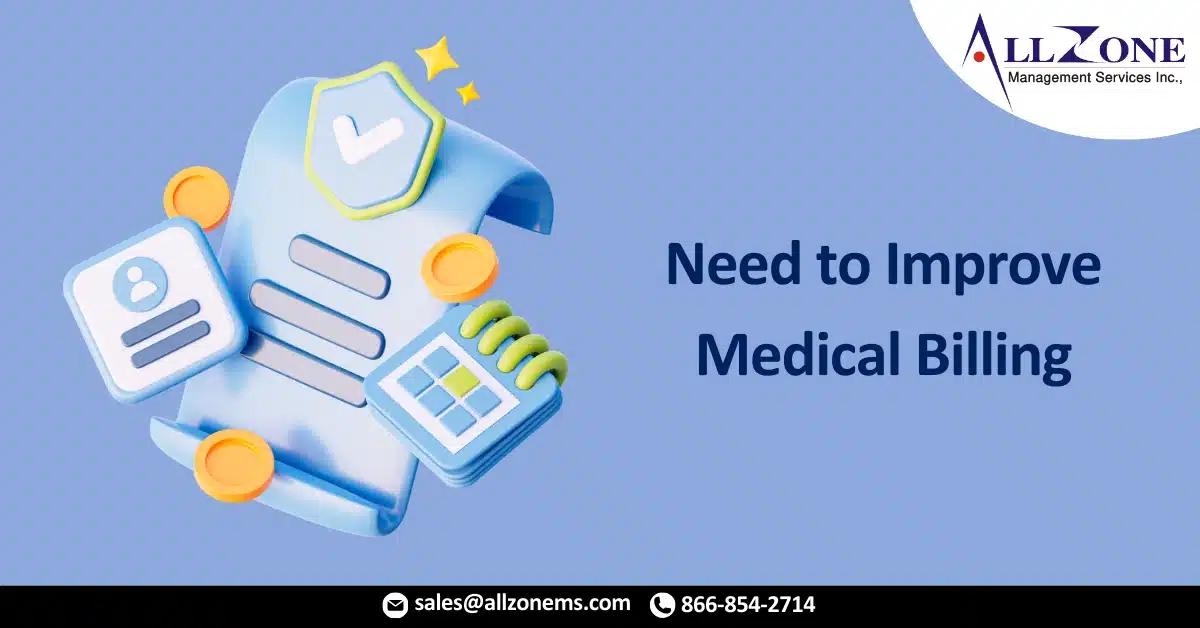The COVID-19 pandemic continues to send more Utah residents to hospitals. Given the rise in hospital visits, addressing the need for cost transparency and clarity for patients has become more urgent than ever.
Surprise Medical bills, a familiar issue, is receiving even more attention and press coverage during this unprecedented time. In a 2019 Kaiser Family Foundation (KFF) Health Tracking Poll, 56 percent of respondents said that protecting people from surprise medical bills should be a top priority for Congress.
What causes a surprise medical bills? Typically, it occurs when a patient receives services from an out-of-network provider at an in-network facility and is then billed at a higher rate for those services. However, with COVID-19, a new type of surprise medical bills is emerging: as policies around cost shares for COVID-19 testing and treatment change rapidly, it’s increasingly difficult for patients to understand what they will owe.
Coverage rules for self-insured members, for example, are dictated by their employer, not their insurance company, and many employers are not waiving costs for COVID-19 care. Some patients may see the great stories in the news and believe they will not owe anything, but often, there will be a patient liability to settle and patients may be surprised by their bills since expectations were not set correctly up front.
How to Improve the Billing Experience for Patients Everywhere
Payer and provider collaboration is the key to improving the billing experience for patients. But it is a complex issue, there is no silver bullet but there are steps that can be taken today.
First, payers and providers should set clear expectations up front with patients about what their liability will be, ideally at the point of service. The amount will vary greatly based on their plan design and source of coverage. This step may not be possible for COVID-19 patients in the midst of a medical emergency, but should be the industry’s goal after we emerge from the crisis.
Second, the traditional model of each provider billing a patient separately needs to be re-examined. Patients are better served when billing is administered by payers, not providers, as the former designs the plans that determine cost share and ultimately owns the financial relationship.
A payer-led approach enables providers to do what they do best: focus on delivering great care. In complex cases like COVID-19, there are often many different providers involved, such as hospitalists, anesthesiologists, respiratory specialists, and surgeons. These providers often bill separately and at different times, creating tremendous confusion for patients. Payers are the only party who can consolidate provider bills and deliver a single statement to patients that is easy to understand and pay, similar to a credit card statement.
Third, both providers and payers have a role in ensuring that patients aren’t surprised by their bills. Providers, especially hospitals, can do more to avoid situations where patients who go to in-network hospitals are seen by out-of-network specialists. Payers can provide additional education on the cost share implications when members select their plans. A surge is expected in Consumer Directed Health Plans (CDHPs) with larger patient deductibles, and so the need for better tools to educate members will be higher than ever.
For More Information: https://www.utahbusiness.com/ooda-health-medical-billing/

